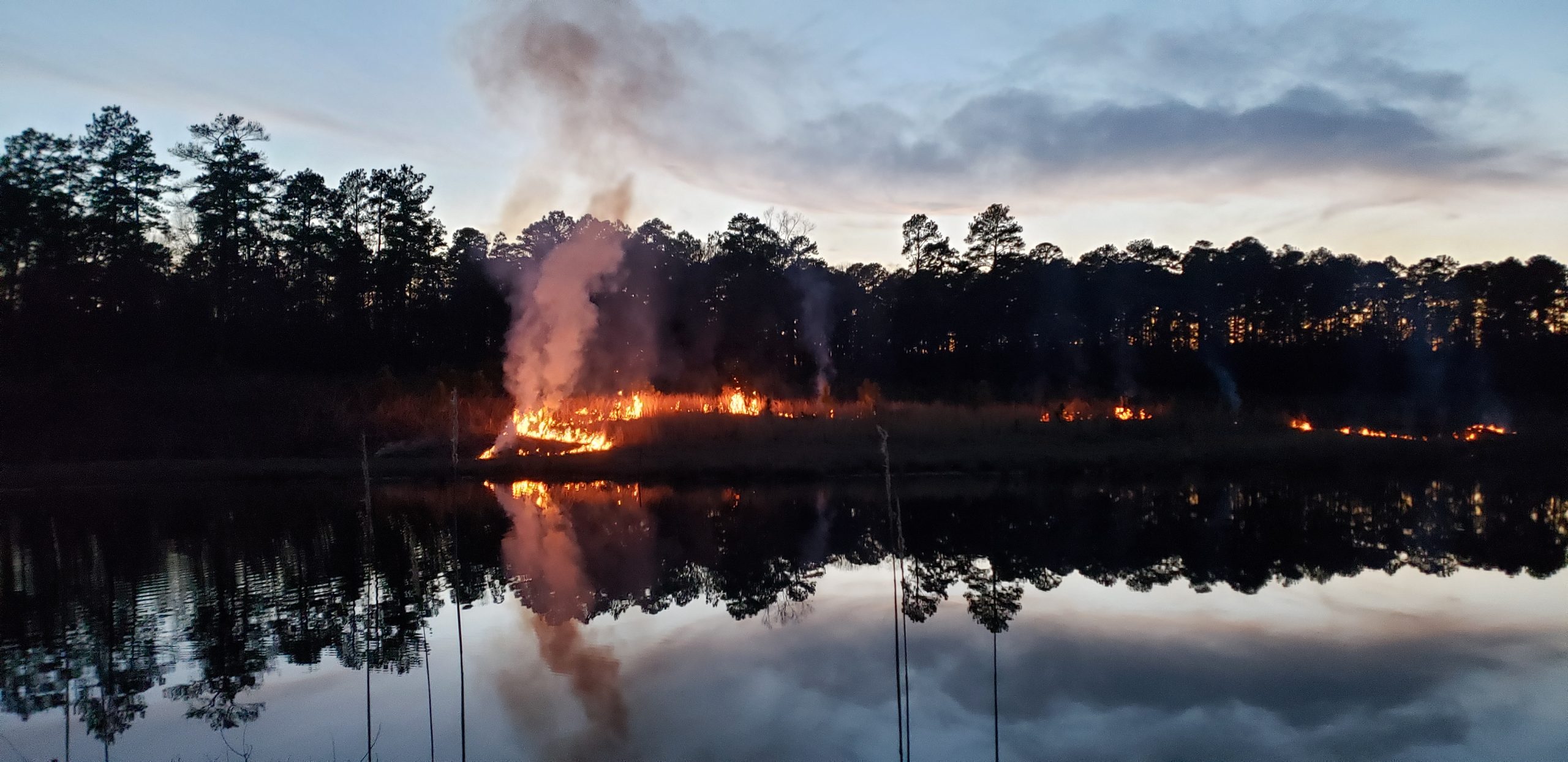It is burning season in our part of the world. For those of you not familiar with prescribed burning, it is an incredibly useful tool in the South, if done correctly. Prescribed burns, or controlled burns, are an important tool for tree farmers. It accomplishes multiple objectives:
- Reduces the chances of wildfires by safely reducing the amount of fuel on the forest floor in a controlled environment.
- Improves wildlife habitat. Have you ever seen a pine plantation? There isn’t a lot of food for wildlife without fire. The pine needles create a very thick bed on the forest floor that doesn’t allow beneficial plants to breakthrough. Periodic fires alleviate this problem.
- Kills undesirable underbrush.
- It looks good!!
Most southern states passed legislation in the 1990’s to encourage controlled burns by reducing liability. Each state is different but in Mississippi and Louisiana, you have to have a written plan, burning permit, and a certified burn manager on-site to accomplish a prescribed burn.
I grew up around my dad doing controlled burns and was part of some burns that got out of control. I’ll follow up with another post on some of my most memorable burns. I attended the certified burn manager course put on by Mississippi State University and learned real quick that burning is all about finding the optimal weather conditions (humidity, surface wind, transport wind, fuel moisture, smoke dispersion, etc). Way more complicated than I ever knew. The Mississippi Forestry Commission website has a lot of great info on controlled burns and links to all of the weather websites.
Each stand of timber should be burned every 3-5 years once it reaches an age where it is safe to burn (usually after your first thinning). We burned about 100 acres this past weekend and the goal is to burn 300 this year. I’ve attached a few pics of our burn this weekend (it really is a family affair).






